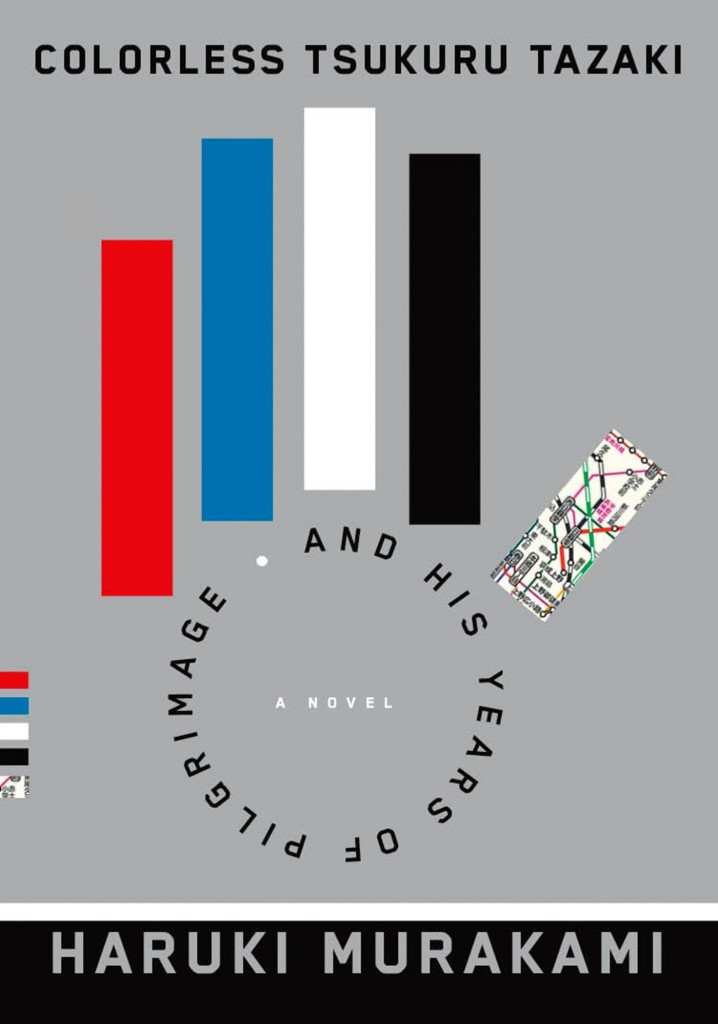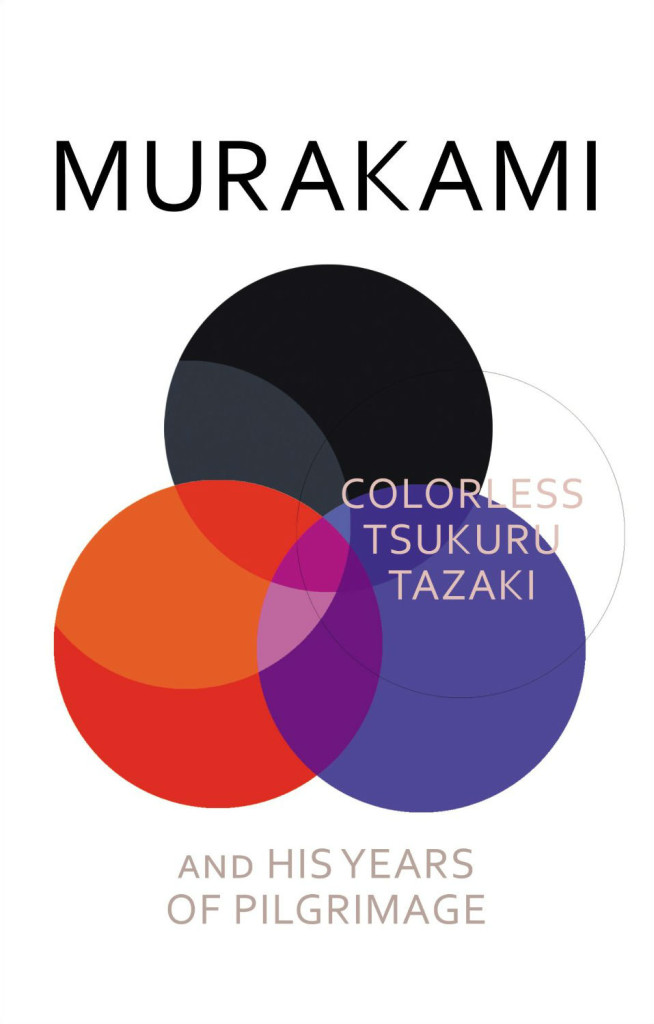Book Sniffing — Six writers on their book collecting habits, including Gary Shteyngart:
I’m big on sniffing books. The old Soviet ones really have this strong smell, reminding me, for some reason, of tomato soup in a cheap Soviet cafeteria.
Fear of a Blank Canvas — Book designer Chip Kidd interviewed at Azure Magazine:
If I’m designing a book for myself, that’s a very different thing than if I’m designing a book for Murakami – he’s ultimately the boss. For 1Q84, what I’m really trying to do, as pretentious as it sounds, is to create a work of art that services a greater work of art. It’s him. It’s not about me. But at the same time, I want to make something great for him. If I’m designing something for myself, it can be liberating and potentially stifling at the same time. It’s the literary equivalent of being given a blank canvas. And I’m not a great blank canvas kind of guy. I want the canvas filled in, in terms of content, by Murakami, and then I can make it look like something.
See also: Book designers Lauren Duffy, Kimberly Glyder, Henry Sene Yee and David Drummond on the ins-outs of book design at The Book Deal.
The Incommunicability of Difference — David Bellos discusses translation and his new book Is That A Fish In Your Ear? on Talk of the Nation:
For translation to exist, you have to accept the fact that languages are all different and they don’t describe the world in quite the same way. You also have to accept that languages are all the same in that anything you can say in one language can be said in any other. And it seems to me [that the] tension between the incommunicability of difference and … the sharing of a common set of messages and meanings is … human. I mean, we all live in that state, that I am not like you. My experience is not directly commensurable with yours, and yet, for us to get on and to be human and to be in a society, we have to also make the assumption that in another dimension, we’re all the same. We have the same needs, the same fears, the same desires.”
And finally…
James Parker on George Smiley, John le Carré’s literary spy, and why he is the antithesis of James Bond at The Atlantic:
Bureaucratically dowdy, rarely spotted in the field, a dull fucker by both instinct and training, Smiley drops no one-liners, romances no tarot-card readers, roars no speedboats through the Bayou… When John le Carré dies, there will be no pseudo–le Carrés, rotating the clichés of Smileydom through their potboilers. Not only is le Carré more or less inimitable—less imitable, certainly, than Ian Fleming, whose style was essentially that of a school bully with a typewriter—but Smiley himself is too elusive a creature to be captured by any pen other than that of his creator.
Like this:
Like Loading...









